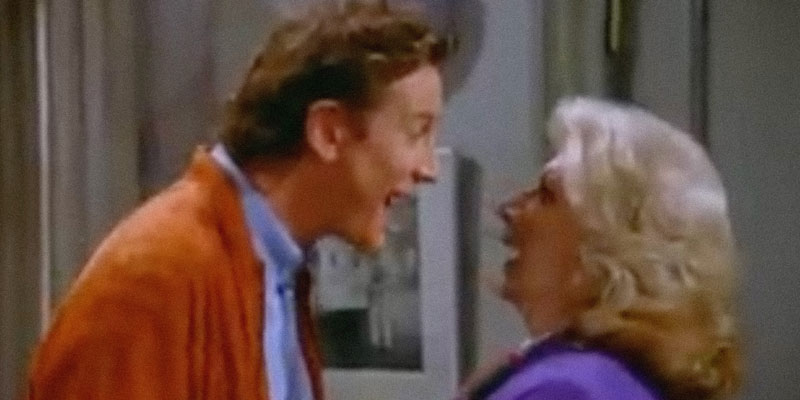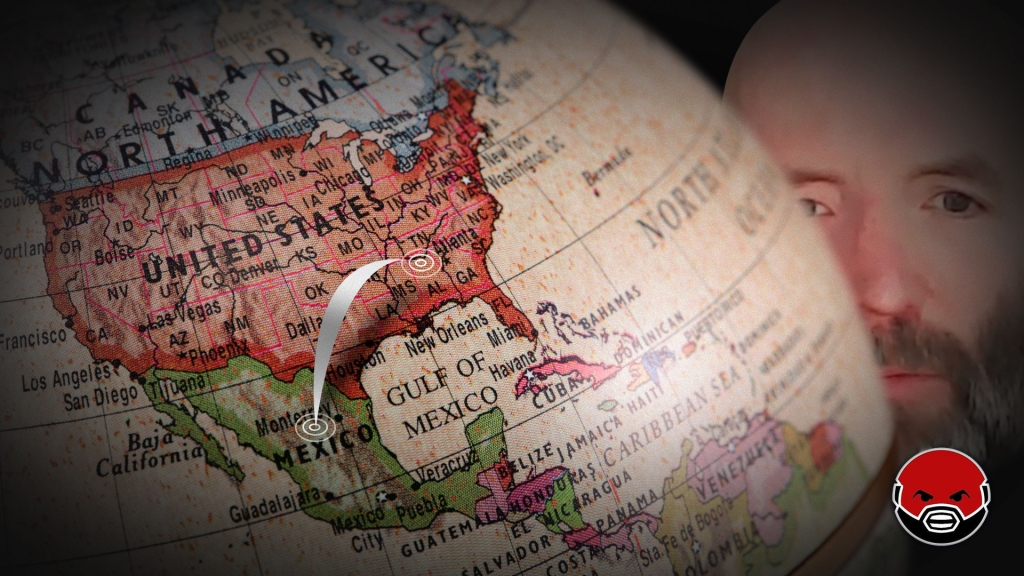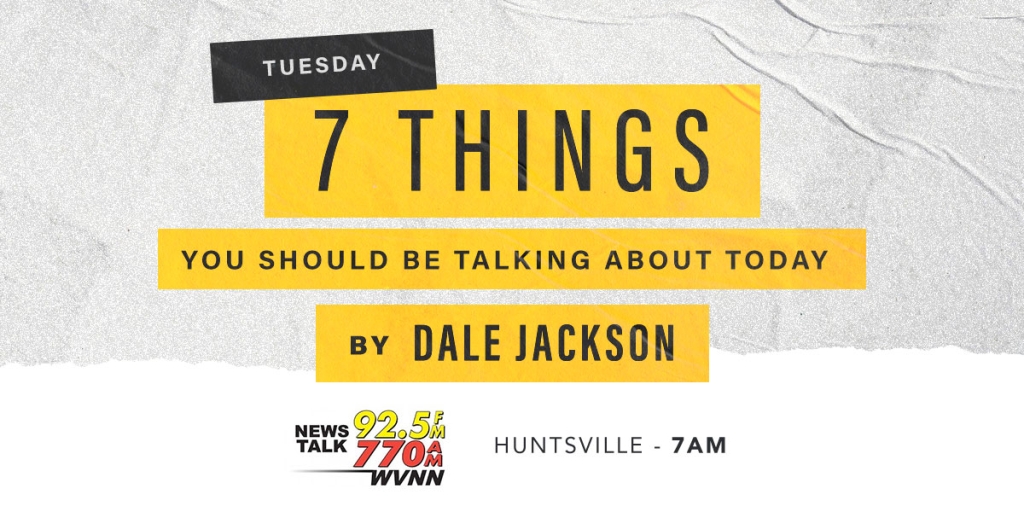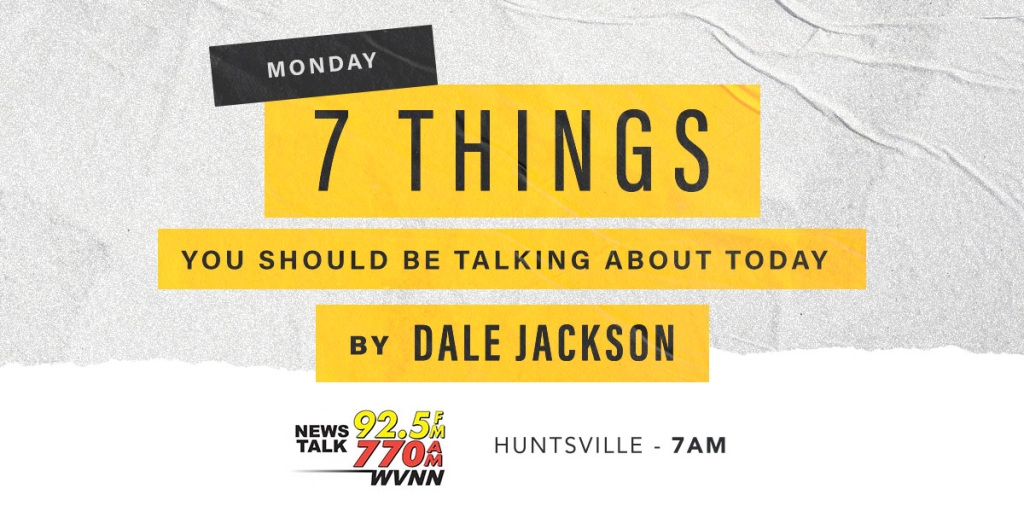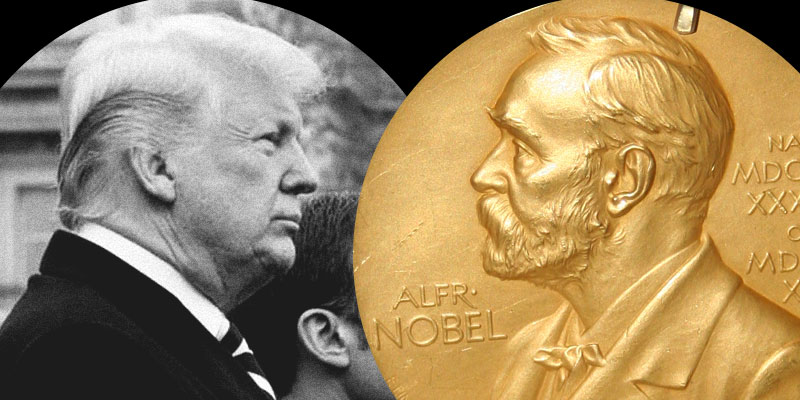I’ve got a gripe and I recognize it’s not very nice considering it’s about people I sit next to … in a chapel … when I’m there to pray.
Remember the “close-talker” in the show Seinfeld, who got right up in other people’s faces during conversations?
Well, I’m about to go bananas about what I’ll call “close-sitters.”
Almost every morning I spend about 15 minutes inside our church’s prayer chapel after I drop my kids off at school. I love starting my day in a bit of peace.
I know the good Lord told us to love Him by loving others, but y’all, let me paint the scene and I think you’ll understand.
Picture a fair-sized chapel that could seat about 100 people. At that time of morning, there are usually five to 10 other people, mostly regulars like myself, who come in and sit in silent prayer.
There is plenty of room. There is oh-so-plenty of room.
But at least once a week, someone comes and sits right next to me. As in, we can easily touch without extending arms. They aren’t coming over to chat because at our church, it’s understood that visiting happens in the vestibule, not in the silent chapel.
Even worse – sometimes someone sits down right behind me, pulling out the kneeler to pray and, in effect, breathing down my neck.
I feel certain the close-sitters have no intention of annoying me, and most of the time I’d rather be uncomfortable than rude, but I’ve gotten to where I’ll get up and move several rows away … seeing as there are plenty of empty rows.
Last week, someone started praying into the back of my head and I just got up and left – perplexed and bewildered, though I couldn’t help sheepishly think of the character in C.S. Lewis’ “The Screwtape Letters,” who was tempted to abandon his Christian faith because when he goes to church he’s annoyed by “… just that selection of his neighbors whom he has hitherto avoided” who “sing out of tune, or have boots that squeak, or double chins, or odd clothes …”
But am I alone in this? Would this bug you? Why would anyone sit right next to someone if they didn’t have to?
And what does it mean that I’m annoyed by close-sitters but, I myself, am probably a space invader as a Deep South hugger, who has been hugging people left and right as long as I can remember?
My strong reaction is likely personal and cultural, said Dr. Mark Hickson, nonverbal communication expert and a professor of communication studies at the University of Alabama at Birmingham.
“It’s interesting that you’re a hugger but need space in certain contexts,” he said. “…[the close-sitter] pulling out the kneeler is interesting. You can probably feel it when they do. It also makes a noise. Double violation! It sounds to me like you have strong nerve sensitivity and perhaps hearing that is very good.”
Hickson said that distance norms are largely cultural and that most people around the world interact and function much more closely than we do in the United States and United Kingdom.
“It’s mostly American,” he said. “If you think about [an] elevator situation, for example, we are a low-touch society. Even before all the concerns about sexual harassment, we don’t really touch each other like people do in other cultures. In an elevator, it’s a crowded situation, but everybody’s trying to avoid touching anybody else.”
Hickson said he believes that may be partly due to commercialism.
“We have all these things about bad breath and body odor and we don’t want to be next to each other, either because we’re afraid they’re going to have bad breath or that we’re going to have bad breath,” he said.
Edward T. Hall, considered the father of proxemics — the communication field that focuses on personal space and how much distance people feel is necessary between them and others — theorized about personal space norms this way: intimate distance is six to 18 inches, personal distance is 18 inches to four feet, social distance is four to 12 feet, and public distance is about 12 feet or more.
Could recent current events create even further distance standards for Americans?
“I believe any literate person is re-assessing hugs,” said Hickson. “For the most part, the norm is to hug people that we know well whom we have not seen in a while. It would certainly be odd to hug one’s co-workers each day at work.”
Hickson has published academic articles on sexual harassment and believes the #MeToo movement “to some extent has gone too far,” because “… the fact of the matter is that the guys who do that, it’s very few guys in the first place. But the ones who do it, do it repeatedly. In other words, Bill Cosby is the typical version of this thing, it’s not like he’s unusual. He’s unusual for men, but not unusual for men who do that.”
He said it will understandably now be a challenge for most people to navigate modern touch.
“I notice with my friends from other parts of the country [who I’ve known for 20-30 years], since all that has happened, we still hug each other but it’s not as long, it doesn’t last as long. So it’s kind of like: ‘We’ve always done this, but I don’t know what to do now.’”
So what’s a good rule of thumb to respect other people’s space?
“I think to really just observe the other person and see if they cringe,” Hickson said. “We talk a lot in communication about how we pay more attention to transmitting messages than we do to receiving messages, and so we need to be aware of our own receiving. In other words, [exercise] empathy, so that you hopefully don’t offend anyone.”
Fair enough, Dr. Hickson, will do — but would you please come talk to the close-sitters at my chapel?
Rachel Blackmon Bryars is managing editor of Yellowhammer News




